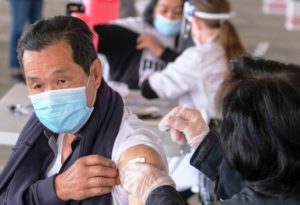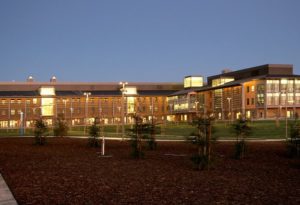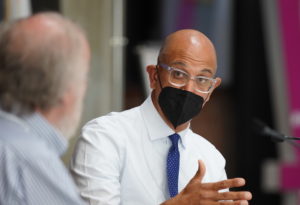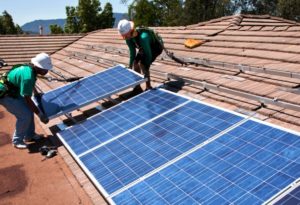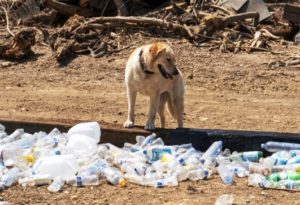News
Almost 2 million of California’s poorest and most medically fragile residents may have to switch health insurers as a result of a new strategy by the state to improve care in its Medicaid program. A first-ever statewide contracting competition to participate in the program, known as Medi-Cal, required commercial managed-care plans to rebid for their contracts and compete against others hoping to take those contracts away.
News
OPINION: In working closely with our main partner, Health Net, I was both disappointed and disheartened to hear that the California Department of Health Care Services (DHCS) recently announced their intent to drop Health Net as an option for Medi-Cal patients in Sacramento County — a decision that is sure to affect the physical and mental health needs of the unhoused patients we serve.
News
At age 92, civil rights icon Dolores Huerta maintains a busy schedule supporting the causes she has worked for her whole life. She speaks regularly all over the state, recently participated in a re-creation of the famed 1966 farm workers march from Delano to Sacramento, and is campaigning for Texas gubernatorial candidate Beto O’Rourke.
News
Two persons with deep ties to the University of California (UC) have been nominated for the position of chair of the governing board of the $12 billion California stem cell agency. They are John A. Pérez, former chair of the UC board of regents and former leader of the state Assembly, and Emilie Marcus, executive strategy officer at the UCLA School of Medicine. It is now up to the 35-member stem cell agency board to choose between the two.
Podcast
CAPITOL WEEKLY PODCAST: This is a Special Episode, recorded live at California Health, a one-day conference held in Sacramento on September 13, 2022. The Keynote for the event featured an interview with Secretary of Health and Human Services Mark Ghaly, conducted by Capitol Weekly editor John Howard.
News
There is one issue plaguing solar energy: darkness. When the sun sets, solar panels’ abilities to gather and deploy solar energy is depleted until it rises the next morning. Similarly, cloud cover can harm homeowners and businesses that rely on solar energy and panels as the sun is temporarily. But there may be an answer to that problem, too: batteries.
News
Already battered by drought, dwindling supplies and climate change, California’s water treatment systems also suffer from problems that raise the specter of long-term health issues, according to a state report. Those findings – and others – were contained in an audit by Michael Tilden, California’s acting state auditor.
News
The midterm campaign season enters its final stretch after Labor Day — in the context of rising consumer prices and higher interest rates that have created financial turbulence and uncertainty about job growth. Meanwhile, Californians are feeling the impact of climate change: severe drought, heat waves, and wildfires. Recently passed federal and state legislation aims to address these issues ahead of the highly consequential Nov. 8 election.
News
Approximately 85% of single-use plastics in California never get recycled. By standardizing and clarifying the labeling of recyclable waste, California’s new law aims to align manufacturing standards with state regulations in order to increase the amount of plastic material that actually gets recycled.
News
California is poised to benefit strongly from the federal Inflation Reduction Act, a massive, hard-fought and newly passed package meant to address healthcare, climate change and myriad other issues across the county.

